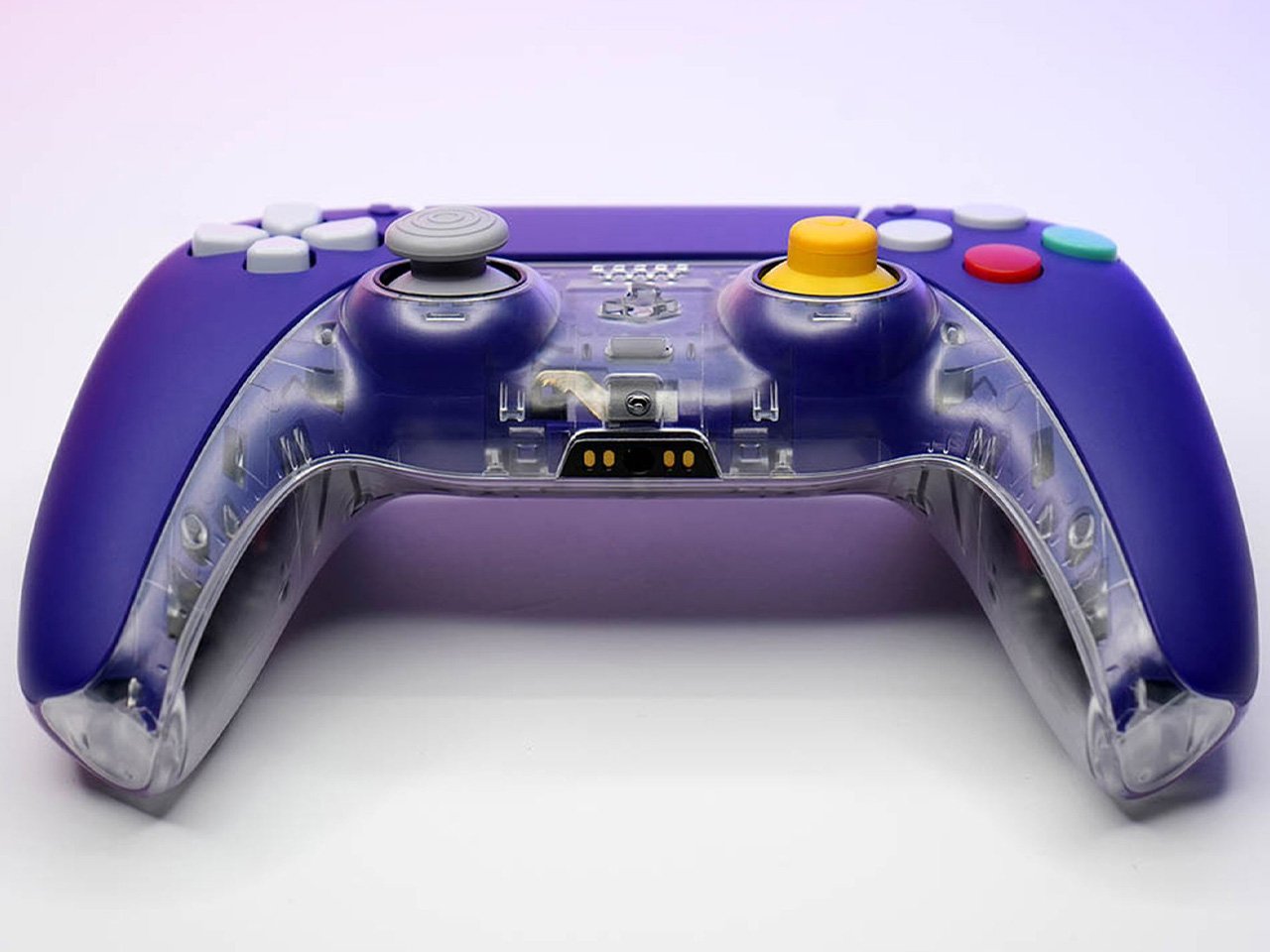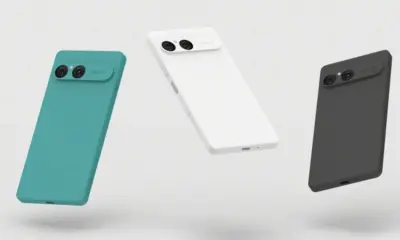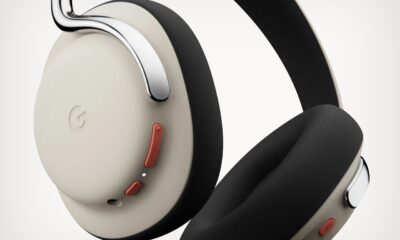Technology
Five Innovative Game Controllers Redefine Gaming Design

The gaming industry is undergoing a transformative phase as designers explore revolutionary concepts for game controllers. Moving beyond traditional designs that have endured for decades, these five innovative controllers aim to enhance user experience through unconventional approaches. This exploration is not merely about aesthetics; it reflects a genuine effort to redefine how players engage with their favorite games.
Rethinking the Controller
The first standout concept is the **Sony ‘Goo’ Controller**, which reimagines the familiar PlayStation design with a translucent, organic appearance. This controller features a ‘goo’ exterior that reveals its internal components, creating an engaging visual experience. The tactile feedback is enhanced by action buttons placed beneath the translucent surface, which offers an intimate gameplay interaction. While the design challenges traditional norms, it may pose issues with precise control due to its unconventional button placement.
Next is the **AirShock**, an inflatable controller that adapts to individual hand shapes. Its unique design replaces hard plastic with a soft, customizable body that conforms to users’ palms. This innovation not only minimizes fatigue during prolonged gaming sessions but also protects against damage from drops. However, concerns exist regarding potential puncture risks that could compromise its usability.
The **Cogito** concept introduces shape-changing rod controllers that physically adapt to virtual objects, addressing the disconnect often experienced in virtual reality. Users can combine segments to create different shapes, enhancing realism in gameplay. While this modular design offers flexibility, it may also lead to durability challenges and a learning curve for casual users.
Another intriguing design is the **Nothing Gamepad (1)**, which incorporates a distinctive glyph interface into its hardware. The backplate features transparent elements that illuminate during gameplay milestones, creating a unique feedback system beyond traditional haptic responses. This design emphasizes aesthetic simplicity while ensuring functionality. Nevertheless, the LED lighting could distract players during intense gaming moments.
Finally, the **CubeSense** controller merges nostalgic elements from the Nintendo GameCube with modern PlayStation ergonomics. Its design pays homage to the classic console while maintaining contemporary functionality. The transparent back showcases internal components, appealing to both old-school and new gamers alike. However, the mix of brand aesthetics may confuse muscle memory for dedicated PlayStation users.
Future of Gaming Controllers
These five controllers signify a departure from the outdated plastic designs that have dominated the market. Each concept addresses specific issues faced by gamers, such as hand fatigue and limited interaction feedback. Designers are not merely focusing on aesthetics; they are fundamentally rethinking the controller experience to make it more engaging and intuitive.
The excitement surrounding these innovations lies in their potential to enhance gameplay. Instead of viewing controllers as mere tools, these designs treat them as extensions of the player’s creativity and engagement. As the gaming landscape evolves, these concepts offer glimpses into a future where controllers blend functionality with imaginative design, promising a richer gaming experience.
In conclusion, the exploration of these innovative game controllers illustrates a broader shift in the gaming industry. By pushing the boundaries of design, creators are paving the way for an era where gaming hardware is as dynamic and engaging as the games themselves.
-

 Politics4 weeks ago
Politics4 weeks agoSecwepemc First Nation Seeks Aboriginal Title Over Kamloops Area
-

 World5 months ago
World5 months agoScientists Unearth Ancient Antarctic Ice to Unlock Climate Secrets
-

 Entertainment5 months ago
Entertainment5 months agoTrump and McCormick to Announce $70 Billion Energy Investments
-

 Science5 months ago
Science5 months agoFour Astronauts Return to Earth After International Space Station Mission
-

 Lifestyle5 months ago
Lifestyle5 months agoTransLink Launches Food Truck Program to Boost Revenue in Vancouver
-

 Technology3 months ago
Technology3 months agoApple Notes Enhances Functionality with Markdown Support in macOS 26
-

 Lifestyle3 months ago
Lifestyle3 months agoManitoba’s Burger Champion Shines Again Amid Dining Innovations
-

 Top Stories2 months ago
Top Stories2 months agoUrgent Update: Fatal Crash on Highway 99 Claims Life of Pitt Meadows Man
-

 Politics4 months ago
Politics4 months agoUkrainian Tennis Star Elina Svitolina Faces Death Threats Online
-

 Sports5 months ago
Sports5 months agoSearch Underway for Missing Hunter Amid Hokkaido Bear Emergency
-

 Politics5 months ago
Politics5 months agoCarney Engages First Nations Leaders at Development Law Summit
-

 Technology5 months ago
Technology5 months agoFrosthaven Launches Early Access on July 31, 2025





















